#mikio mori
Explore tagged Tumblr posts
Text
Anime NYC Honored by the Consulate General of Japan in New York
Anime NYC Honored by the Consulate General of Japan in New York
The Press Release: Anime NYC Powered By Crunchyroll, the second-largest Japanese popular culture festival in the United States, was proudly honored by the Consulate General of Japan in New York at a ceremony and reception at Ambassador Mikio Mori’s residence. Anime NYC Event Director MK Goodwin and Anime NYC Founder Peter Tatara received a special commendation from Ambassador Mori in recognition…

View On WordPress
0 notes
Text



Mikio Naruse - Floating Clouds (1955)
35 notes
·
View notes
Text

Floating Clouds
dir. Mikio Naruse
1955
13 notes
·
View notes
Text
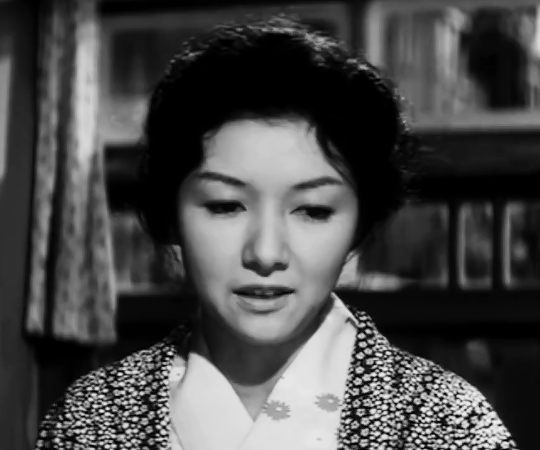

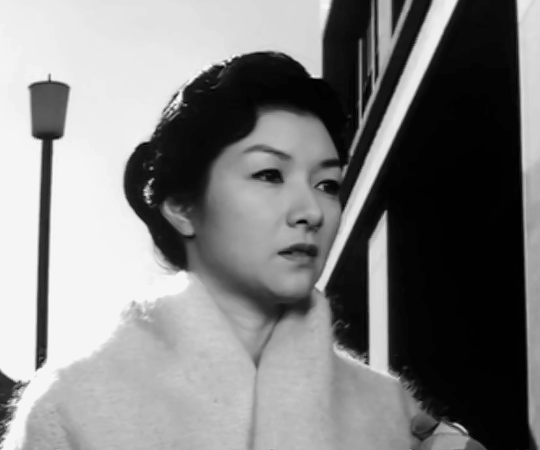
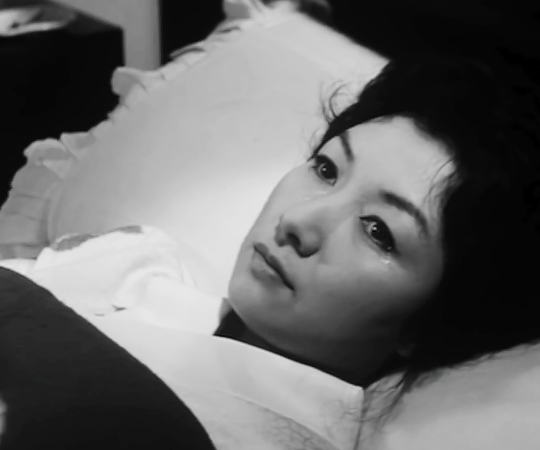

Hideko Takamine as Keiko in When a Woman Ascends the Stairs (1960) dir. Mikio Naruse
#when a woman ascends the stairs#worldcinemaedit#filmauteur#cinemaspast#hideko takamine#japanese movie#onna ga kaidan o agaru toki#女が階段を上る時#mikio naruse#naruseedit#mikionaruseedit#htgif#quand une femme monte l'escalier#flickering tw#ellisgifs#i genuinely couldn’t remember her character’s actual name bc everyone in the film refers to her as mama#or as i like to call her: mommy? sorry. mommy?#*clears throat* ahem#not quite my favourite of her naruse roles but it’s definitely up there#and another solid entry in naruse’s ‘takamine falls in love with a married and emotionally unavailable masayuki mori’ cinematic universe#it’s been a while since I last saw this.. I should rewatch…..#anyway! hideko takamine hand in marriage ma’am 🙏🙏🙏#queue
59 notes
·
View notes
Text


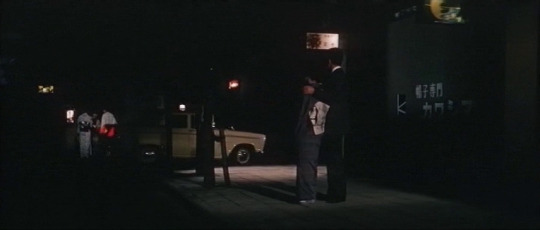
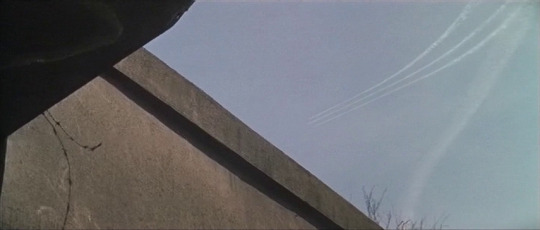



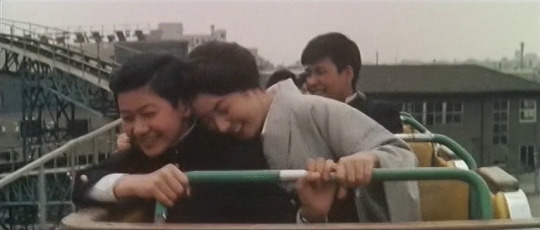


“Humans only live for themselves.”
As a Wife, As a Woman (1961) dir. Mikio Naruse
#as a wife as a woman#the other woman#1961#mikio naruse#hideko takamine#chikage awashima#masayuki mori#yuriko hoshi#kenzaburo osawa#1960s#screencaps#february 2024
10 notes
·
View notes
Text

Profiles in Villainy
Zoltar
Berg Katse was created by the alien entity known as Sōsai X so to act as the leader of the terrorist organization called Galactor. Berg was tasked with marshaling the forces of Galactor in an effort to conquer and subjugate the entire planet.
Berg is a mutant entity created through the genetic fusion of a pair of fraternal twins while they were still in the womb. As a composite being, Berg possess greatly enhanced strength, speed and intellect. An odd byproduct of the process that created Berg causes him to alternate biological sexes on a roughly annual basis. Berg identifies as male and he has hid his alternating physical sex under a uniform and mask.
As the leader of Galactor, answering only to Sōsai X, Berg regularly matched wits with the Gatchaman Science Ninja Team (or G-Force). G-Force has been able to thwart Berg’s dastardly schemes yet they have never been able to apprehend him as Berg manages to always slip away at the last moment.
Actors Mikio Terashima and Hiroko Mori provided the voice for Berg Katse in the original anime series. In the English language dub, where Berg is renamed ‘Zoltar,’ actor Keye Luke provided the character’s voice. The Villain first appeared in the debut episode of Kagaku Ninjatai Gatchaman, airing on October 1st, 1972.
47 notes
·
View notes
Text
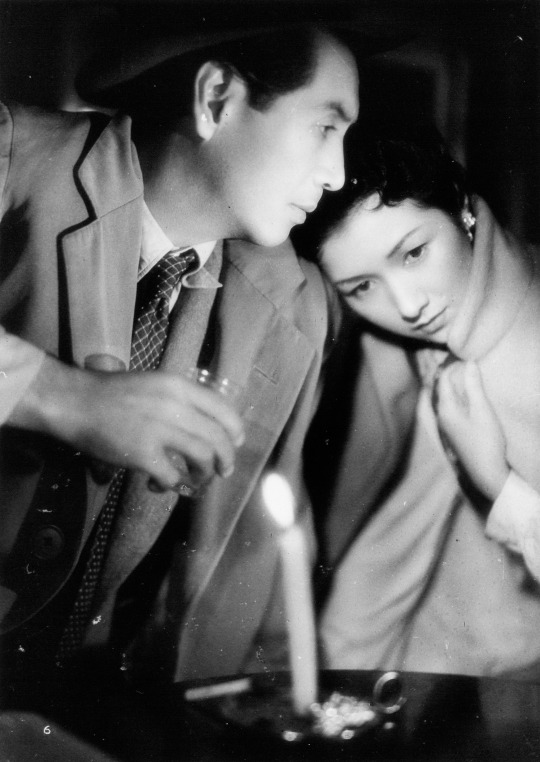
Masayuki Mori, January 13, 1911 – October 7, 1973.
With Hideko Takamine in Mikio Naruse’s Floating Clouds (1955).
11 notes
·
View notes
Text

Yuzo Kayama and Yoko Tsukasa in Scattered Clouds (Mikio Naruse, 1967)
Cast: Yoko Tsukasa, Yuzo Kayama, Mitsuko Kusabue, Mitsuko Mori, Mie Hama, Daisuke Kato, Yoshio Tsuchiya, Yu Fujiki, Tadao Nakamura. Screenplay: Nobuo Yamada. Cinematography: Yuzuru Aizawa. Production design: Satoru Chuko. Film editing: Eiji Ooi. Music: Toru Takemitsu.
As Scattered Clouds opens, Yumiko Eda (Yoko Tsukasa) is as happy as a married woman can be: Her husband has just had a promotion that will take them from Tokyo to Washington, D.C., and she has just learned that she's pregnant. And then he's killed in an accident and she loses the child. It's a mark of Mikio Naruse's masterly control of tone that he chooses neither to show the accident happening or to make explicit how her pregnancy ended -- whether it was a miscarriage or an abortion. The cause is less important than the effect: Yumiko's utter devastation. And then we switch from her point of view to learn that the driver who killed her husband, Shiro Mishima (Yuzo Kayama), was devastated by the accident in his own way. Although he is exonerated -- he was in no way responsible for the death of Yumiko's husband, the result of a blown-out tire that caused him to lose control of the car -- he suffers at work: His company wants to avoid scandal and transfers him to a less-desirable location. He also suffers from guilt: Desperate to make amends, he arranges to send Yumiko a monthly stipend. She needs the money: Her husband's family coldly distances itself from her, and the insurance isn't enough to live on. But she proudly rejects Shiro's offer, regarding it as "blood money," until it's apparent that she needs it to survive. To that point, Scattered Clouds is a probing look at the nature of grief and guilt. And then melodrama sets in: Shiro's transfer coincidentally puts him in the neighborhood of the inn that Yumiko's sister-in-law runs, and Yumiko takes a job as hostess at the inn. As their plot-crossed paths intersect, Shiro and Yumiko overcome their initial antipathy and fall in love. But what matters in Scattered Clouds is not the familiarity of the tropes of melodrama but the skill with which Naruse, his actors, and his crew -- especially composer Toru Takemitsu -- handle them. It's an irresistible film, no matter how contrived its plot, and if you're not a little teary-eyed when it ends, I feel sorry for you.
2 notes
·
View notes
Photo
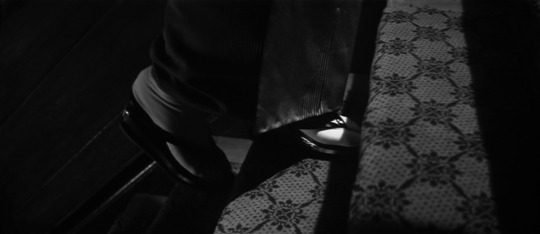

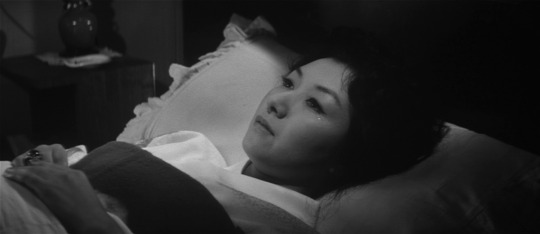
There's no correspondence if we put together what Keiko aspires to in modern Tokyo society (that isn't visionary but quite reachable) and the need to be filled with human warmth. Does it not follow that the main character will act irrationally, or worse desperately, since the director has his eloquent way of capture pain and anxiety: plain, terse, below a properly intimistic threshold.
★★★★☆
10 notes
·
View notes
Text

Floating Clouds (Mikio Naruse, 1955)
15 notes
·
View notes
Photo

Mikio Naruse
- Floating Clouds
1955
#floating clouds#mikio naruse#浮雲#ukigumo#成瀬巳喜男#masayuki mori#森雅之#the internationale#l'internationale#japanese film#1955
38 notes
·
View notes
Text


Mikio Naruse - Floating Clouds (1955)
35 notes
·
View notes
Photo

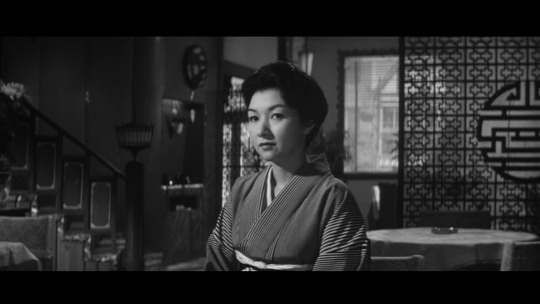
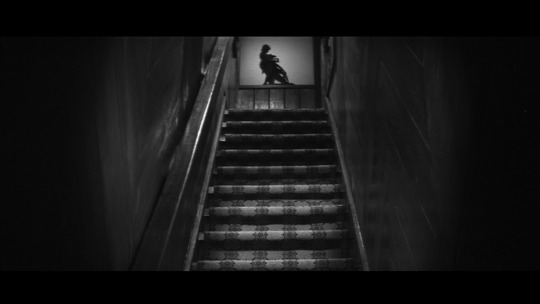


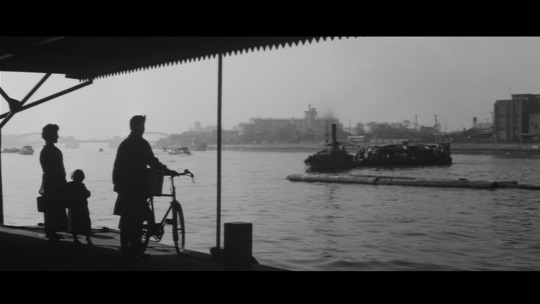
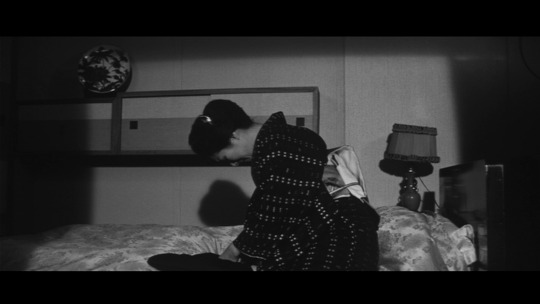

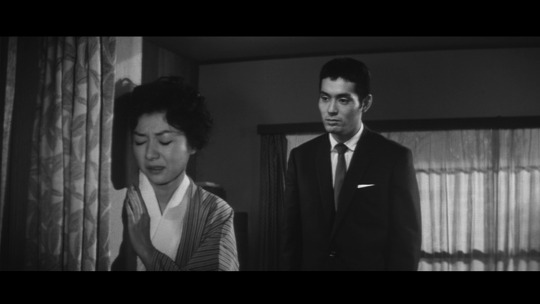

Onna ga kaidan wo agaru toki, 1960 Dir. Mikio Naruse
8 notes
·
View notes
Photo

#ukigumo#floating clouds#naruse mikio#mikio naruse#takamine hideko#hideko takamine#mori masayuki#masayuki mori#1954#japanese cinema#window
4 notes
·
View notes
Photo





Ukigumo, 1955 (dir. Mikio Naruse)
18 notes
·
View notes
Text

Haruko Sugimura, Mitsuko Miura, and Eitaro Ozawa in Morning for the Osone Family (Keisuke Kinoshita, 1946)
Cast: Haruko Sugimura, Toshinosuke Nagao, Shin Tokudaiji, Mitsuko Miura, Shiro Osaka, Eitaro Ozawa, Natsuko Kahara, Junji Masuda, Kinji Fujiwa, Eijiro Tono. Screenplay: Eijiro Hisaita. Cinematography: Hiroshi Kusuda. Art direction: Mikio Mori. Film editing: Yoshi Sugihara. Music: Takaaki Asai.
One of the myths of war is that the enemy moves in lockstep, from the commander-in-chief down to the lowliest citizen. So the image of World War II Japan as a monolithic force lingers, even though years of peace with the Japanese and a wholesale assimilation by the West of their culture, from sushi to anime, have effaced old hostilities. Keisuke Kinoshita's first postwar film, Morning for the Osone Family, gives us a valuable sense of the way things were -- or at least may have been -- for a Japanese family during wartime. Working in the year after the surrender of Japan, after ideological censorship had ceased (though the American occupation imposed its own censorship, which is why you'll find no mention of the atomic bomb in Japanese movies made just after the war), Kinoshita and screenwriter Eijiro Hisaita tell the story of a widow, Fusako (Haruko Sugimura), and her three sons, her daughter, and her brother-in-law in the waning years of the war. One son is imprisoned for writing against the war; the daughter is forced to break off her engagement to a young man because of the political implications of what her brother did; another son, a pacifist who wants to be an artist, is drafted and dies of pneumonia in a hospital; the youngest son, embracing the militarist propaganda, enlists and is killed. And then there is the domineering presence of the brother-in-law (Eitaro Ozawa), a colonel who despises the way Fusako has raised her children to doubt the glory of the Japanese military. When his house is destroyed by bombing, he moves in with the Osone family and takes over the household. Devastated by the surrender, he begins to stockpile food in their house, even as starvation spreads across the land. The film takes place on a single set, which only emphasizes the sense of a world closing in on the family. We might question how representative the Osone family is of the Japanese citizenry, but we could also question the accuracy of the "home front" movies made in the United States during and after the war.
1 note
·
View note